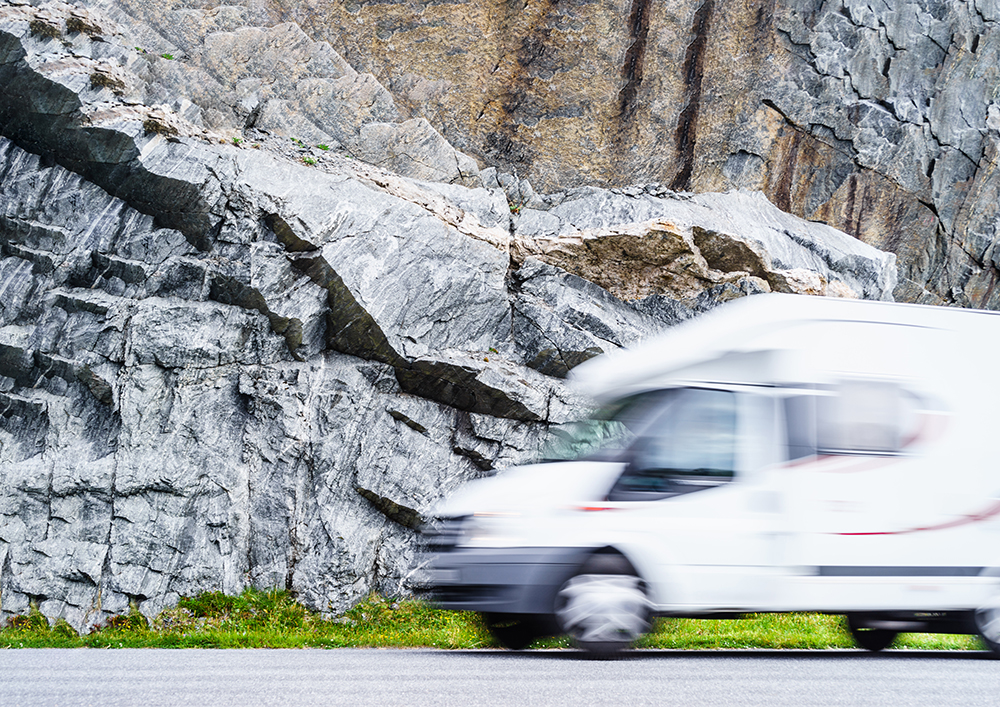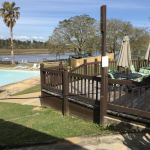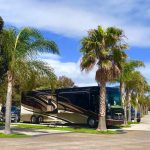Driving across North America in your RV can be an enjoyable part of the overall camping experience. But while cruising through the scenic countryside, one must be mindful of the need to safeguard and secure your RV’s components. Avoid potential damage to RV equipment and — most critical — avert injuries to your passengers. Consult an RV checklist before departing.
Here are some things that may help you to avoid costly mistakes.
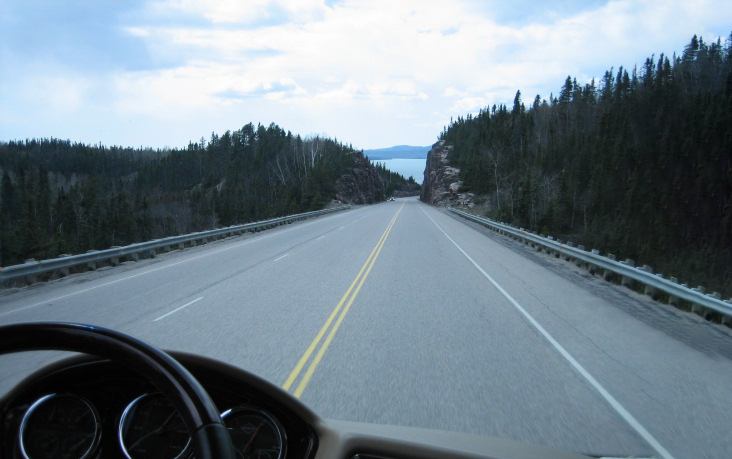
Photo: Peter Mercer
Securing Loose Items
Unlike automobile travel, recreational vehicles require the prior securing of items such as small appliances, dishware, foodstuffs and many other loose items. Failure to do this risks these pieces becoming missile-like in the event of a violent maneuver or hard braking action. Several products are available to prevent loose items from wandering.
Securing the Refrigerator Contents
Organize the contents of your fridge to prevent items from falling down. Make sure that the latch-type closure or manually applied lock on your fridge is secured. Having a well-stocked fridge door spring open while flying down the road can ruin your day, not to mention your rugs and coach interior.
Turn Off the Freshwater Pump
Turning off the freshwater pump while in motion is recommended. The vibration and road bumps could cause a hose fitting to fail. This would probably be unnoticed until it’s too late. The pump would start operating to fill the demand until the tank becomes empty. At this point, the pump would be operating dry, causing it to eventually burn out.
Close The Toilet Lid and Seat
Leaving the toilet lid open may leave it subject to chafing at the point of contact with the wall behind. The road motion will cause this to move slightly, wearing on the lid, the wall behind, or both.
Secure all Doors
Close conventional interior swing doors as they can suffer abusive wear if left to swing. Lock sliding doors in the open position. These can be damaged and/or jump partially off the rail if left unsecured.
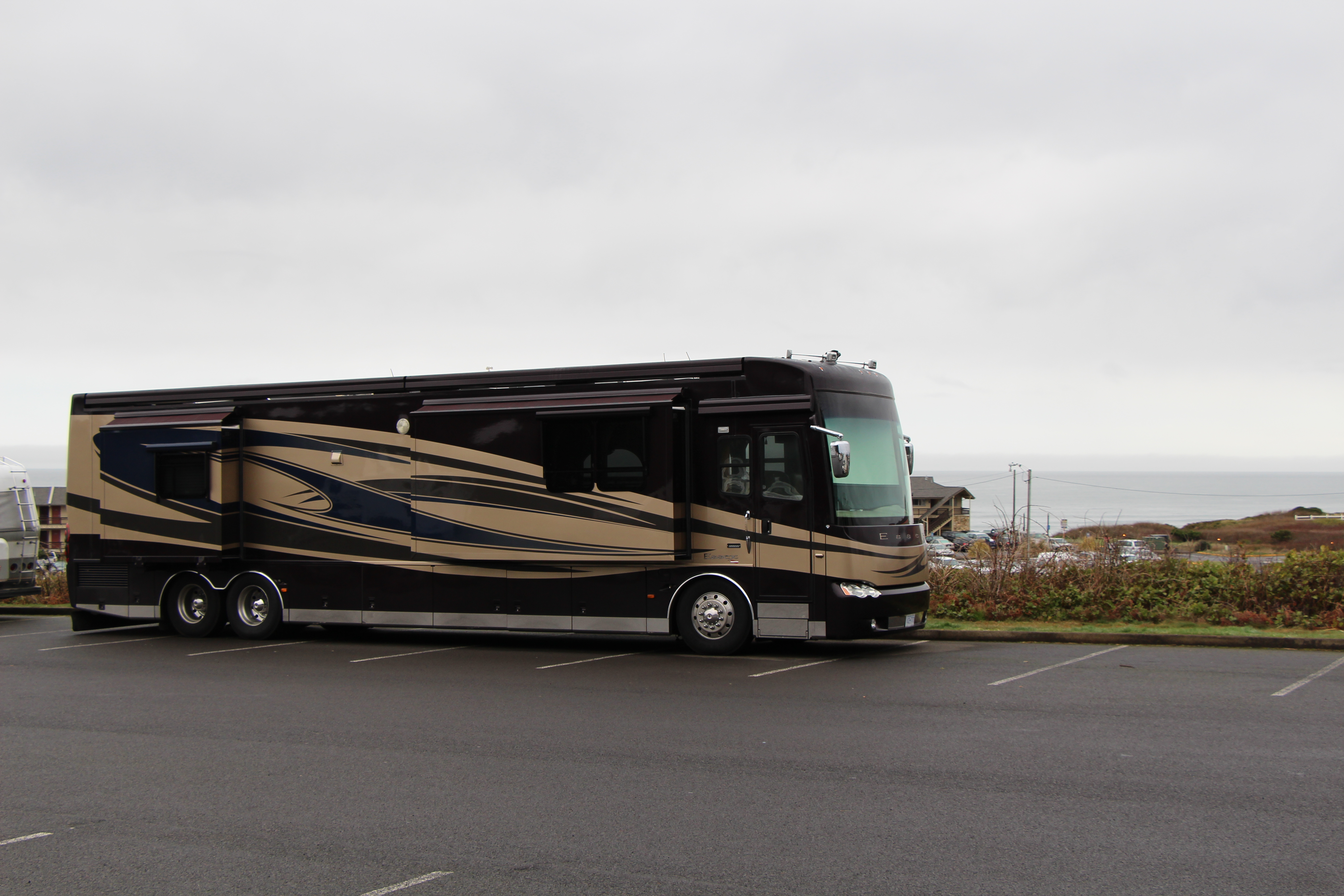
Photo: Peter Mercer
Take Frequent Break Often
Stopping at a rest stop or suitable parking area allows you to stretch your legs, take a bathroom break, and do a walk-around. Your walk-around should include a visual inspection of the wheels, tires, engine compartment, storage compartments, doors, hitch and towed vehicle (If applicable) along with general observations. If you have an infrared temperature gun, this is a great time to check the wheel bearing and tire temperatures. Basically, you do not have to know what temperature they should be. Just verify that all are in the same range. If you have one that is substantially higher, further investigation may be required.
Engine Shutdown
Whether shutting the engine down for the day or for a short stop, always allow the motor to idle for a couple of minutes in neutral prior to shutting it down. This allows the engine hot spots to even out and disperse. This is important for both gasoline and diesel-fired units after running hard, climbing grades, towing big loads and running for extended amounts of time. Delaying stopping the engine for a couple of minutes is especially important for turbocharged diesel engines.
Mind Your Entry Steps
When parked at a rest stop or similar parking area, keep the entry steps in their stowed, retracted position except when you need to enter or exit. The extended steps might not be seen by passing vehicles and may be at risk of damage.
House Air Conditioning
If you run your house air conditioning while traveling on a hot day, be sure you allow it two or three minutes without load prior to shutting it down. That means turning off the air conditioning and leaving the generator running. This is needed to cool the coils and disperse the heat evenly. This cool-down period could be beneficial if done prior to entering a campground and driving to the site, as it will be less dusty. Generator cooling fans often kick up clouds of dust in some sandy campsites.
Well, these are some tips that may help to avoid on-the-road issues. A stress-free trip leads to a restful time. Enjoy the wonderful RV lifestyle.
Peter Mercer — With a Happy Motoring Moment

